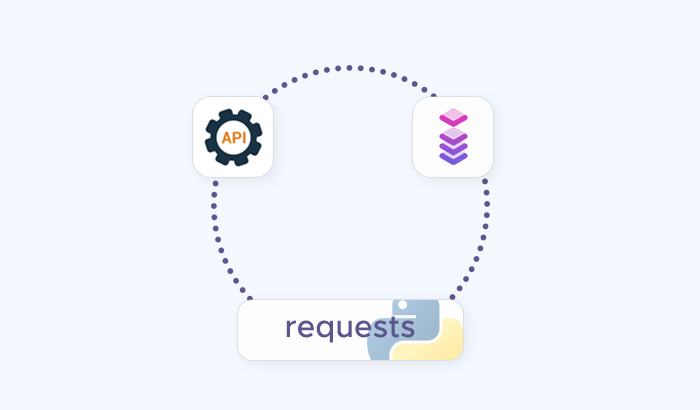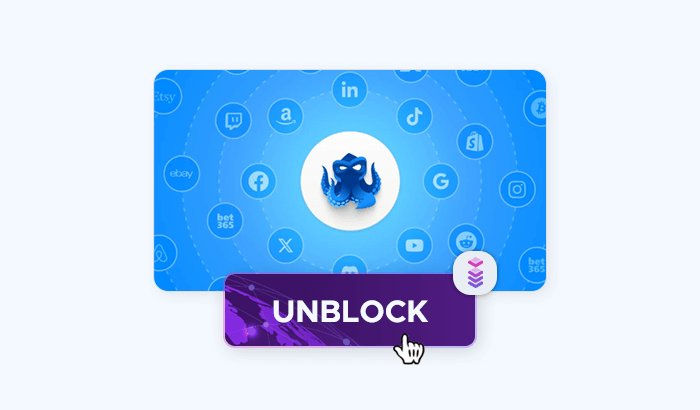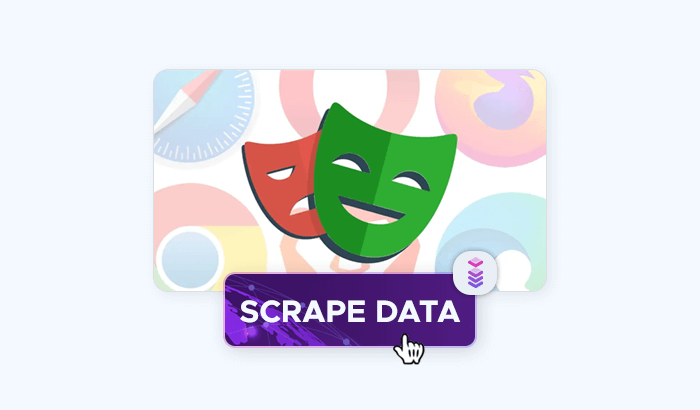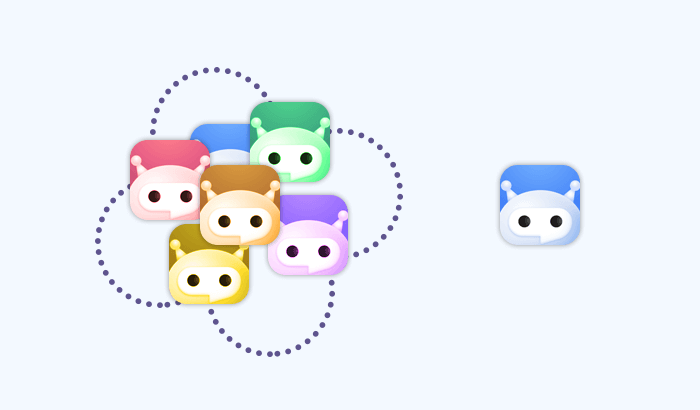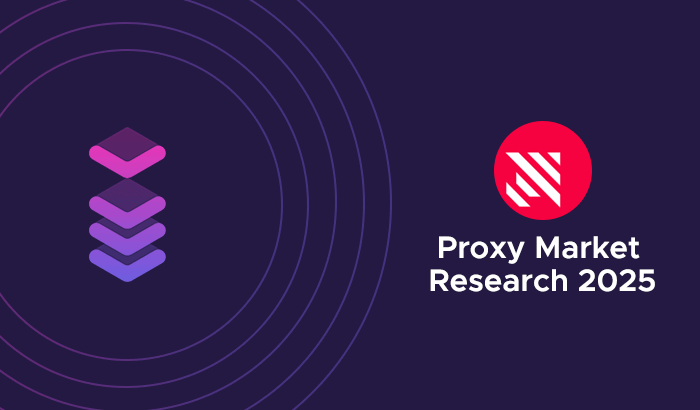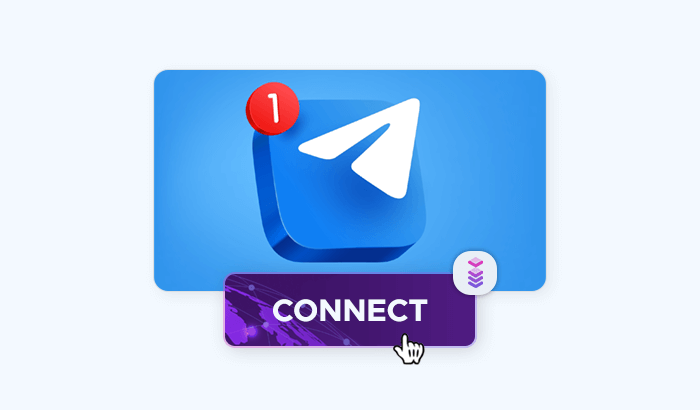
- Products & Pricing
-
Proxy network
-
Residential Proxies
from $1 per GBDiscover reliable anonymity of authentic IP addresses without boundaries
-
Mobile proxies
from $2 per GBCustomize your tests and researches to get more precise and real results
-
Data Services
-
Web Scraper
Personalized site search and discovery experience
-
-
Client Profiles
-
Client Profiles
-
Price Aggregators
Always get real prices without any limits and delays
-
Brand Protection
Quickly detect malefactors who try to harm your brand
-
Cybersecurity Firms
Execute realistic threats to test your cyber protection
-
Marketers
Gather valuable data to build better marketing strategies
-
Corporate protection
How to get better protection for corporate data with proxies
-
SEO Data Providers
Acquire information from different locations to boost the SEO
-
Uptime and Performance Tracking
Make sure customers from all locations have a good UX
-
Academic
Perform the quality research having all the data you need
-
- Company
- Log In
- Contact Sales





